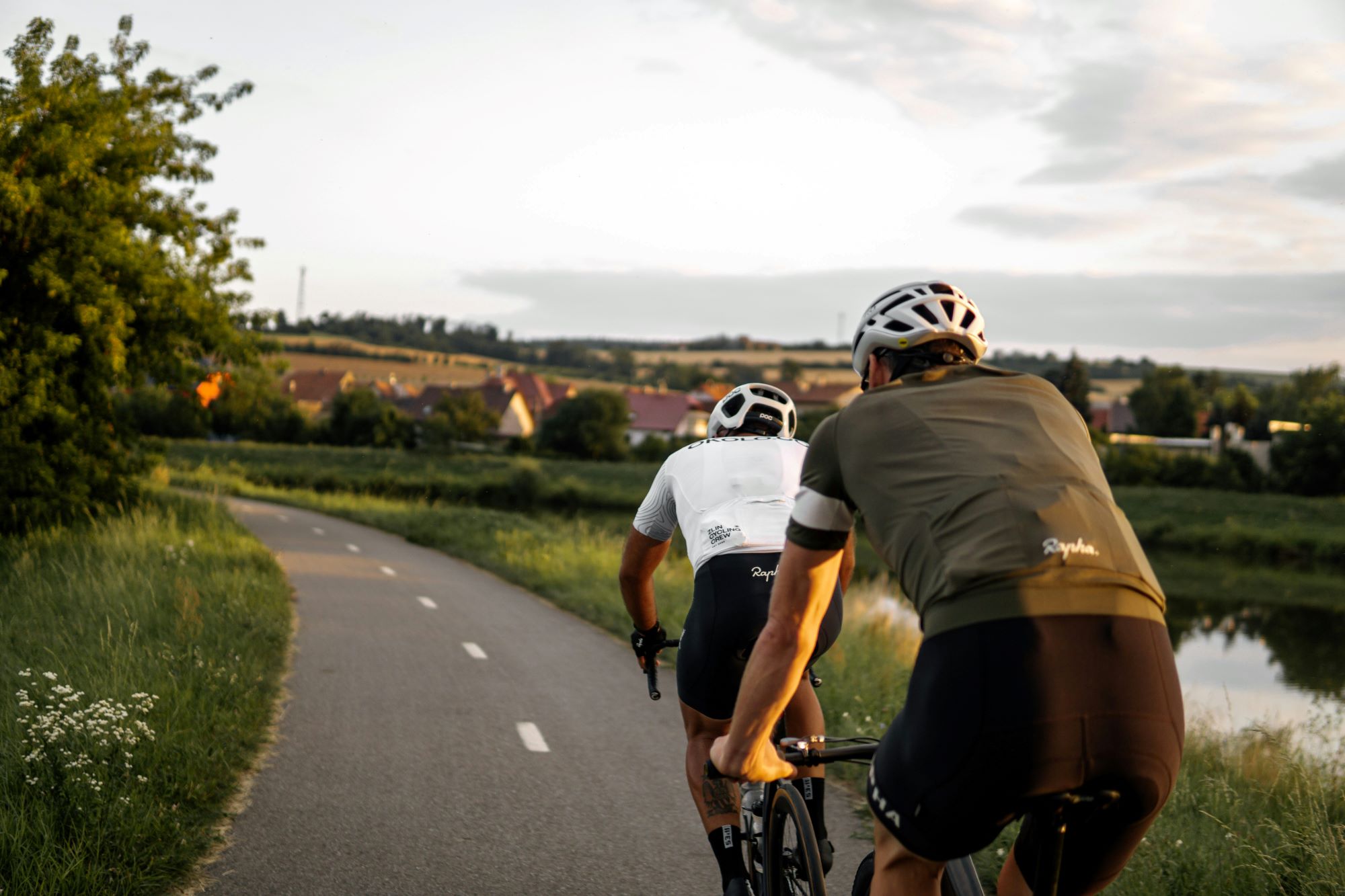If you’ve ever witnessed a peloton of cyclists speeding across the road, you’ve seen the power of drafting in action. But what exactly is drafting, and how can it revolutionize your riding experience? In this post, we’ll delve into the science behind drafting, explore its benefits, and offer tips on mastering this essential cycling technique.
What is Drafting?
You may not notice it at first, but drafting can be a lifesaver if you are behind a rider who can block the wind from you.
Drafting, also known as slipstreaming or sitting on someone’s wheel, is the act of riding closely behind another cyclist. By positioning yourself within the slipstream (the area of reduced air pressure behind the lead rider), you significantly decrease wind resistance. This reduction in drag allows you to maintain the same speed as the rider in front while expending far less energy.
The Science Behind Drafting
Have you ever felt the power of the wind when you’re riding your bike at high speeds? Well, drafting is all about minimizing that resistance.
- Air Resistance: The biggest obstacle to speed on a bike is air resistance. Your body acts like a sail, pushing against the air as you move forward.
- Drafting’s Advantage: The lead cyclist breaks through the air, creating a pocket of lower air pressure behind them. By riding in this pocket, you avoid the full force of the headwind, effectively getting a free ride!
- Energy Savings: Studies have shown that drafting can reduce energy expenditure by up to 30%, meaning you can go faster for longer.
Benefits of Drafting
There are three main benefits to drafting while cycling. The obvious one is that you can ride much faster, but there are a few more.
- Increased Speed: Drafting is a game-changer for maintaining higher speeds, especially over long distances or into headwinds.
- Reduced Fatigue: Conserving energy through drafting helps you delay the onset of fatigue and push your limits further.
- Teamwork and Strategy: Drafting is essential for team tactics in road cycling. Riders work together, rotating through a paceline to share the effort and keep the group moving swiftly.
Mastering the Draft
Mastering the art of drafting takes practice and concentration, but can make you a faster and more efficient rider.
- Positioning: Stay within a few inches of the rear wheel of the rider in front of you. Too close and you risk a collision; too far back and you lose the benefits of the draft.
- Communication: Keep a keen eye on the rider ahead, anticipating their movements. If you’re in a group, communicate with hand signals and verbal cues.
- Paceline Etiquette: If riding in a paceline, follow established etiquette. Take your turn pulling at the front and don’t surge ahead, disrupting the flow.
- Safety First: Drafting requires focus and practice. Start by practicing with experienced riders and avoid drafting in crowded or unpredictable situations.
When Drafting Isn’t Ideal
Sometimes it’s not ideal to draft for safety reasons.
- Solo Rides: Obviously, drafting isn’t possible when you’re riding alone.
- Crosswinds: In gusty conditions, a strong crosswind can make drafting difficult or dangerous.
- Technical Terrain: On twisty roads or in high-traffic areas, it’s safer to maintain more distance between riders.
Drafting: A Game-Changer for Cyclists
Drafting is a game-changer for cyclists of any level.
Whether you’re a competitive racer or a casual enthusiast, learning to draft effectively can revolutionize your cycling experience. It’s a valuable skill that can help you ride faster, further, and have more fun on the bike.
Experience the Power of Drafting Riding With Attack Cycle Lab
Interested in practicing your drafting skills in a group ride? Our cycling team Attack Cycle Lab hosts a variety of group rides built with strategic workouts to help you hone this essential technique.

